Kenny Wheeler, Lee Konitz, Dave Holland and Bill Frisell – Angel Song
John Abercrombie, Dave Holland, Jack DeJohnette – Gateway
(ECM Luminessence Vinyl. Album reviews by Phil Johnson)

Angel Song
The esteem in which the late composer and trumpeter Kenny Wheeler is held is evident from his several appearances in the opening releases of the ECM label’s audiophile vinyl series, Luminessence. His own 1975 debut for the label, ‘Gnu High’, which was one of the two introductory titles, was followed by the first album, ‘Azimuth’ (1977), from the eponymous trio of Wheeler, John Taylor and Norma Winstone. Now we have what may well be Wheeler’s most perfect outing, ‘Angel Song’ from 1997. Unlike the other albums, which are re-released on vinyl, this is the first time ‘Angel Song’ – which dates from the CD era – has appeared as an LP. Actually, it’s two LPs, with the nine compositions – all written by Wheeler – spread over the four sides, and the gatefold cover’s handsome inner sleeve home to fourteen photographs by W.Patrick Hinely entitled ‘Work/Play’, picturing the musicians in the studio where they recorded, New York’s Power Station, in February 1996.
Seemingly universally praised on its first release, it’s easy to hear why. The superstar quartet is a casting director’s dream, uniting the leader with his long-time musical partner and acolyte, the younger bassist Dave Holland, in whose quintet a front-line partnership of Wheeler with the young alto-sax firebrand Steve Coleman had already created some of the spikiest small-group jazz then extant, with at least as much up-tempo fire to their playing as there was lyrical ice, a more usual Wheeler strong-suit. Here, with no drummer to provide rhythmic grounding, Holland’s role is key, and he performs it to perfection. The slower numbers seem to float by in a dreamy haze, while when the tempo is picked up, as on the beboppish ‘Onmo’, Holland’s dancing line keeps everything moving with unerring grace. Guitarist Bill Frisell, whose selection was perhaps the most surprising element, fits in as if to the manner born, his distinctive airy tone and oblique chording employed with a reticent respect for the tunes themselves and the contributions of the other musicians.
If there is a wild card, it’s probably the inclusion of the legendary alto saxophonist Lee Konitz. Wheeler had admired Konitz since, as a teenager, seeing him play in Canada and being impressed, so he told me in an interview at the time of the concert tour that followed ‘Angel Song’s release, by Konitz answering his question after the gig about why he hadn’t, at one point, played anything at all, by replying that he didn’t feel anything needed saying. The vital role of space and silence in Wheeler’s mature music might reflect this encounter. As it turns out, Konitz plays superbly, with his sometimes expressively woozy intonation held in check. The unison lines played with Wheeler are among the album’s many highlights. But basically, the whole album is a highlight from start to finish, from the quietly jaunty opener of ’Nicolette’, which can recall those lightly swinging film themes of Johnny Dankworth – one of Wheeler’s ex-employers – to the closing ‘Kind of Gentle’, a trio on which Wheeler himself does not appear, on either trumpet or flugelhorn.
Not yet a subscriber of our Wednesday Breakfast Headlines?
Join the mailing list for a weekly roundup of Jazz News.

Gateway
The other new Luminessence release, ‘Gateway’, by the trio of John Abercrombie, Dave Holland and Jack DeJohnette, dates from 1975 and has since become a touchstone of any adventurous guitarist’s guitar-trio favourites, without ever becoming particularly well-known. Dave Holland writes four of the six all-original tunes, including the stupendous opener, ‘Back-Woods Song’, a kind of country-funk opus where his thrumming bass-riff cues in guitarist Abercrombie’s rhythm-meets-lead pyrotechnics. You can hear shards of Jerry Garcia as well as Hendrix and the more conventional jazz sound of, say, Jim Hall in Abercrombie’s playing. The track remains an absolute stand-out.
Fellow guitarist Nels Cline (of Wilco and much else) provides an excellent liner note that tries to contextualise the album within the Seventies as a whole, the era’s high watermark of guitar-led fusion bands, ECM’s own guitar-history, and the potential relevance of ‘prog’, as well as the career trajectories of the three participants. Each of them came to the album – whose title, like that of Azymuth, became the subsequent name for the group – at a point where they had moved from what might be called fusion – if you can call ‘Bitches Brew’, on which both Holland and DeJohnette appeared, that – to something closer to free improvisation. Gateway – both the album and the group – represents a strain of guitar trio improvisation where the sheer electricity of Abercrombie’s guitar-sound is absolutely unapologetic, complete with distortions from various pedal-driven and tremolo-dependent add-ons. As Nels Cline writes of the Abercrombie and Abercrombie/DeJohnette compositions ‘Unshielded Desire’ and ‘Sorcery 1’: “These two searing tracks possibly represent the last times that Abercrombie employed a fuzz box on an ECM session.” Nearly half a century after its recording, ‘Gateway’ still sounds live and dangerous. The one ballad, Holland’s lovely ‘Jamala’, provides a beautiful, and very welcome, contrast.
LINK: Buy ANGEL SONG and/ or GATEWAY from Presto Music
Categories: Album reviews, Reviews



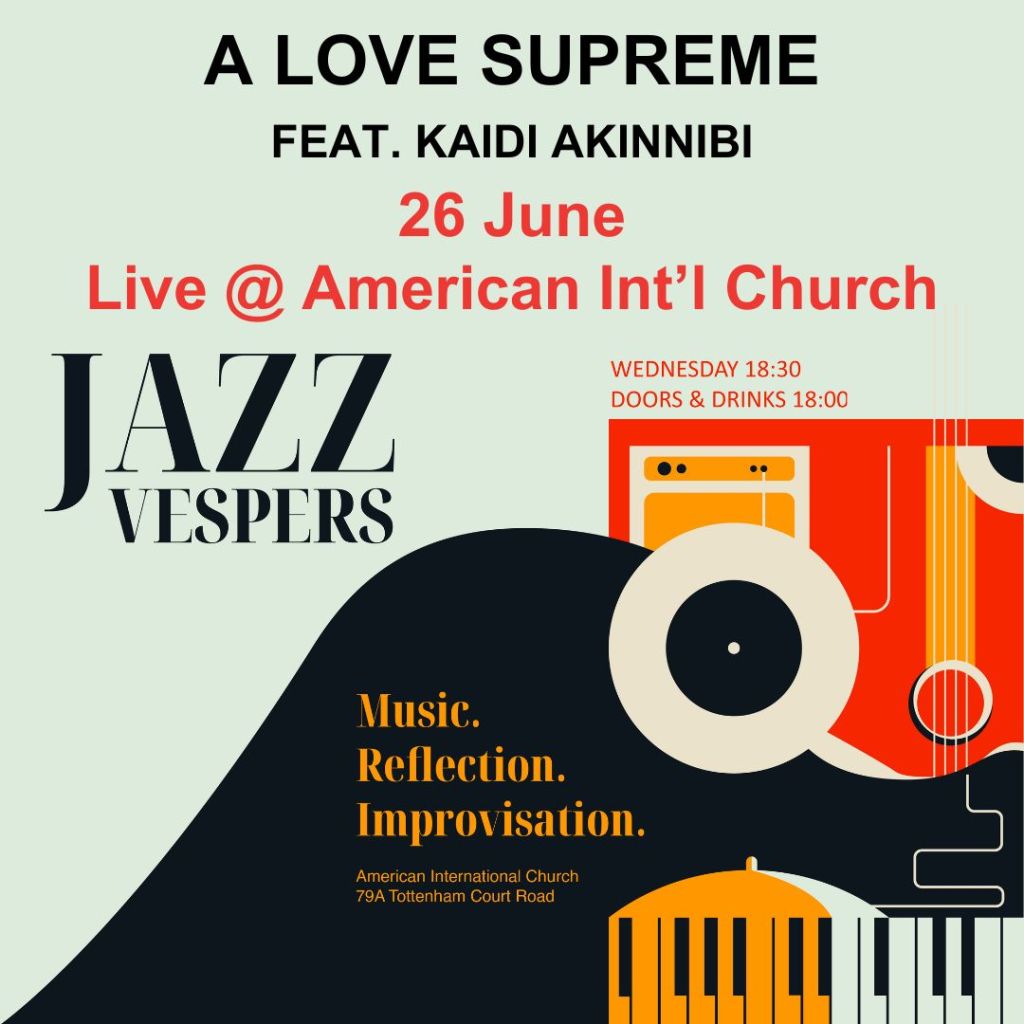




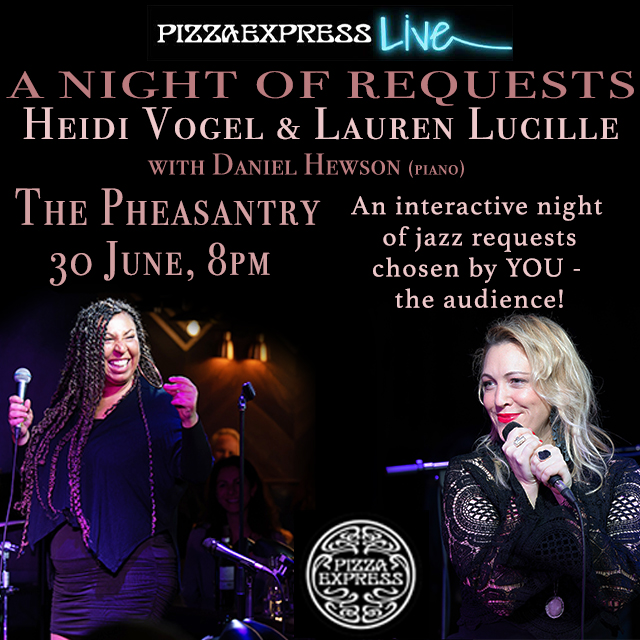

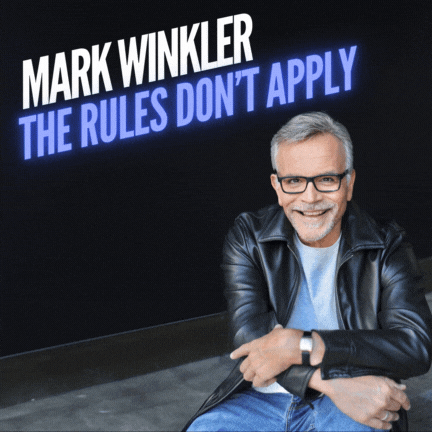
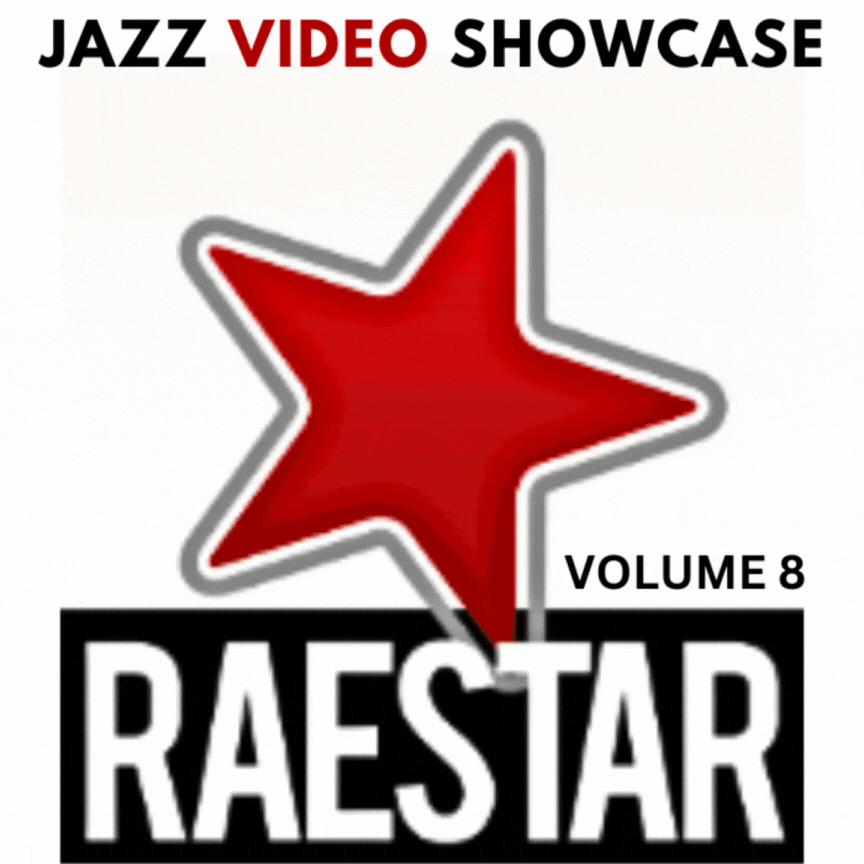
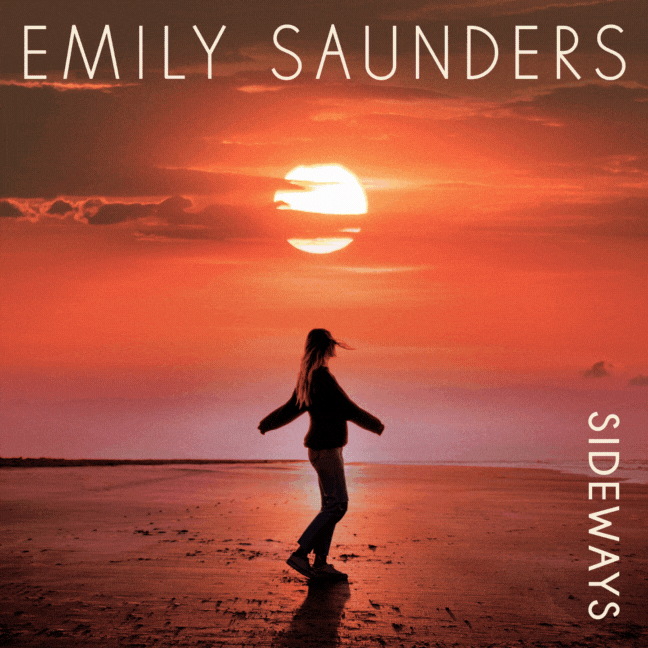
Thanks for the plug on the Angel Song session photos. Those same ones filled the booklet for the CD. I had rather hoped the LP edition would include the band photo I made during the sessions, but its only publication to date that I am aware of remains on the ECM web site’s obituary for Lee Konitz. It looks like an intergenerational Mount Rushmore.
And let me also mention the name of Daniela Nowitzki, who shot the cover photo, also in my favorite colors…
As for Gateway, I’ve always thought the album started off particularly well with Holland’s “Backwoods Dance”, which shows he’d been listening as well as playing during his then-recent forays to Nashville…
Forgot to say in my earlier comment that the outstanding cover art on Gateway was done by the late Maja Weber.